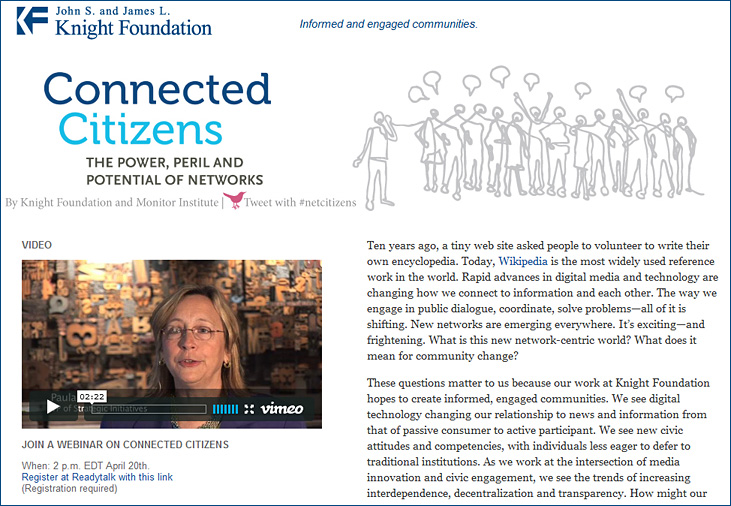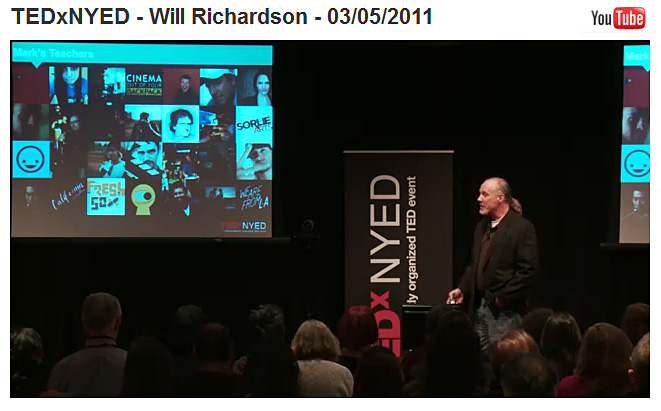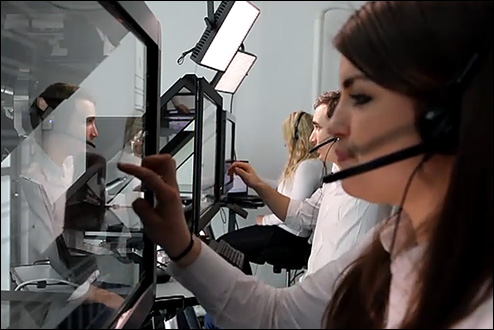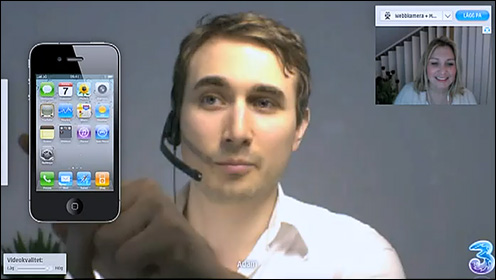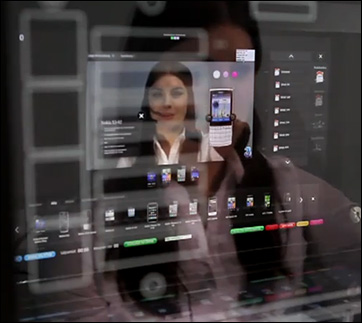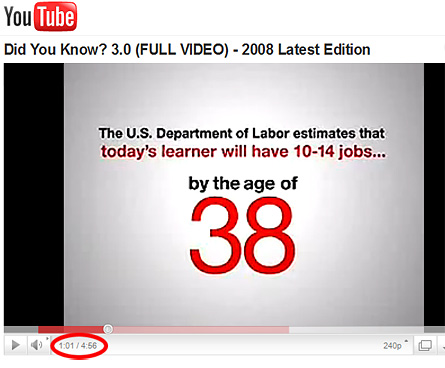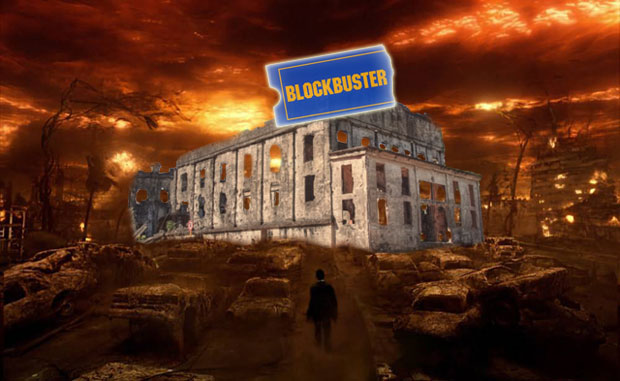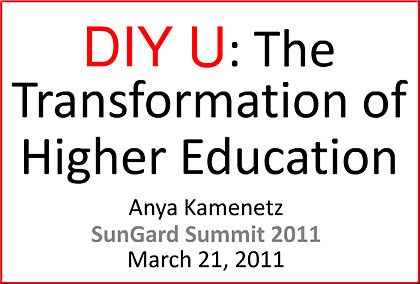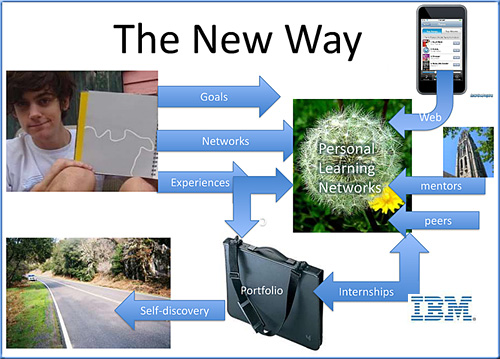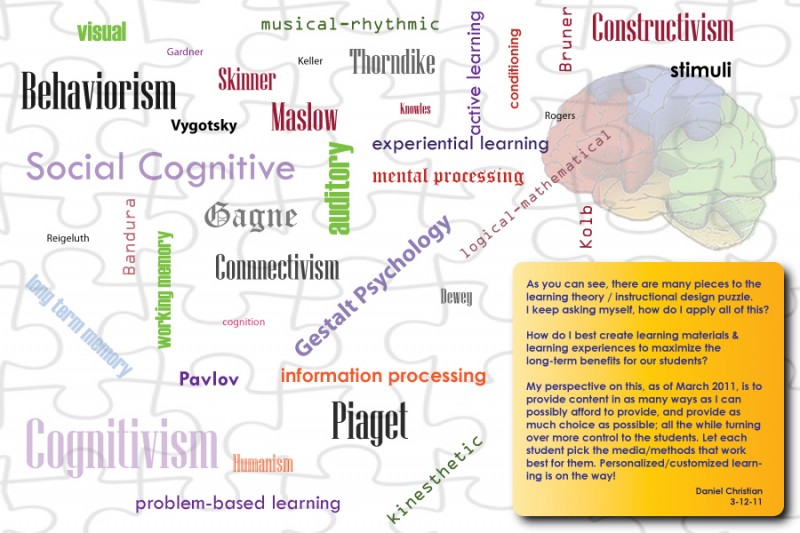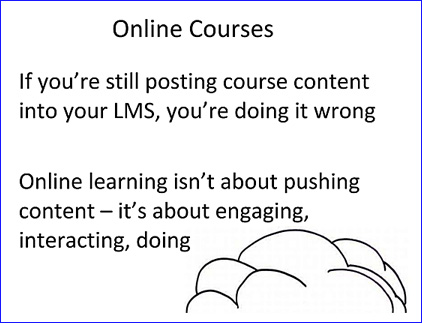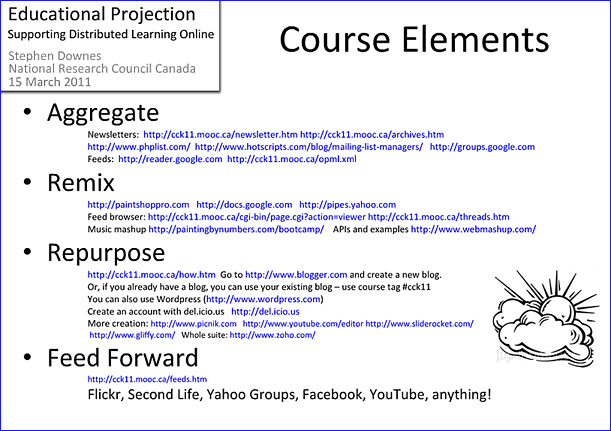Why Jesus’ parables stand out — from the BibleGateway.com
Excerpt:
The NT Blog came across an interesting short video of two scholars discussing the significance and distinctiveness of Jesus’ parables…
It’s a nice introduction to Jesus’ teaching style…
The newsonomics of oblivion — from the Nieman Journalism Lab by Ken Doctor
Excerpt:
The threat of oblivion should be a powerful motivator, and we now see — finally — after a decade of decline, its specter moving us away from incremental, “experimental” tests to a fundamental restructuring of the business of news.
From DSC:
(I don’t mean to be full of doom and gloom here. However, a healthy respect of the disruption being caused by technology is warranted here I believe.)
I couldn’t help but think of higher education as an industry when I reviewed this particular blog posting. Those of us working within higher education need to be highly aware of how other industries are dealing with the disruptions being caused by the Internet and other technologies. Why? Because the disruption has already begun within higher education.
When the invincible become “vincible” — from HBR.org by Ron Ashkenas
Excerpt that caught my eye:
We now live in a world in which that sense of security can disappear in a heartbeat — whether your company falls off the cliff, or makes significant changes to avoid the cliff. Like an investment disclaimer for individuals, past performance is no guarantee of future success. So to keep on your guard, ask yourself these questions:
- What would you do if your job was suddenly eliminated, outsourced, or relocated?
- How are you preparing yourself today to compete in tomorrow’s global economy?
- How can I reapply my skills to other areas if my industry no longer has opportunities?
You may not need answers to these types of questions today. But better to address them now — instead of the moment when you’re falling off the cliff.
Disrupt – Think the Unthinkable: A Book Review — from Gartner by Mark McDonald
There are many books that say you need to ‘disrupt’ your business to remain competitive. There are almost no books that describe how you create disruption in a clear, concise and step-by-step manner. Luke Williams’s book Disrupt – think the unthinkable to spark transformation is exactly this type of book.
It’s rare that a book discusses a complex issue, one with such potential for consulting jargon and confusion, and produces a clear, concise and actionable set of advice. Rather than try to cloud the issue, Williams tackles it head on by giving you the tools and discussion how you think differently and turn that thought into action. In a way this approach is disruptive in itself and that is a good thing.
Highly recommended as a useful and valuable book that takes the idea of disruption and gives you a way to think through it and put it into practice. In less than 200 tightly written pages, Williams provides clear and compelling tools that you can use to help identify, classify, and find the opportunities for disruption in your products, services and organization.
Pearson & McGraw-Hill make multi-million dollar investment in Inkling — from Kirsten Winkler
It seems as if the latest study from Xplana in which they predict that the tipping point for digital textbooks is as near as 2015 has opened up the wallets of two major publishers for an undisclosed “multi million Dollar” investment.
Inkling, the maker of the iPad application and platform which delivers enhanced and engaging textbooks, leaving the “flat, PDF-based digital textbooks” behind is the beneficiary and it could give the startup a competitive edge over the well funded competitor the Kno.
But as money is not everything Inkling, Pearson and McGraw-Hill also made some significant content commitments, boosting the number of titles available on the Inkling platform…
Also see:
- Publishers Invest in Inkling, Producer of Digital Textbooks — from The Chronicle by Josh Keller
- Digitizing an Industry
 Matt MacInnis — Founder and CEO, Inkling
Matt MacInnis — Founder and CEO, Inkling
From DSC:
In my recent class at Capella University, one of the last discussion board questions asked:
- Do you think learning theory should be more explicit in official discussions of policy?
What a great question! My answer was yes, as it makes sense to me to guide educational reform by what is best for the students…for learning. Hopefully, we can make informed decisions. Though I’ve learned that there is no silver bullet when it comes to learning theories, each learning theory seems to be a piece of the puzzle for how we learn. Graphically speaking:
If viewing the above graphic on the Learning Ecosystems blog (vs. in an RSS feed/reader):
You may need to right-click on the above image and save it, then open it.
Such theories should have a place when policies are drafted, when changes are made. But I don’t often hear reference to the work of Thorndike, Bandura, Vygotsky, Gagne, Kolb, etc. when legislative bodies/school boards/or other forms of educational leadership are exploring future changes, directions, strategies. What is it that these people were trying to relay to us? What value can we gleam from them when we form our visions of the future? How does their work inform our selection of pedagogies, tools, organizational changes?
Quote/excerpt from Sims (2008) paper entitled, “Rethinking (e)learning: A manifesto for connected generations”:
Advances in theories of human memory parallel, and perhaps depend on, advances in technology… The information processing approach has been an important source of models and ideas, but the fate of its predecessors should serve to keep us humble concerning its eventual success… Unless today’s technology has somehow reached its ultimate development, and we can be certain it has not, then we have not reached the ultimate metaphor for the human mind either. (Roediger, 1980, p. 244 as cited in Sims, 2008)
Roediger’s remarks remind us that, not only are we in a constant state of change and development, but also that there are inherent risks in arguing that we know what there is to know about teaching, learning, and e-learning. Therefore, without undermining the importance of understanding the dynamics of human learning, this article adopts the position that it is untimely to let the e of e-learning disappear, because without that e we might lose sight of the value digital technology provides, especially through social networks, to emergent forms of learning and knowledge construction.
Emergent forms of learning cannot easily be addressed by current instructional design methodologies (Kays & Francis, 2004), which are often teacher-centered. New models and strategies embracing the roles and skills of the teacher, the learner, and the design team are required to address such developments (Sims & Koszalka, 2008). Recent reports by Oblinger (2004), Irlbeck, Kays, Jones, and Sims (2006), and Siemens (2007) posit that these emergent technologies and interactions have opened doorways to new ways of learning and that these deserve new models of thinking about the very essence of the teaching and learning dynamic. While this article accepts that e is becoming more mainstream and part of the infrastructure of developed nations, the real question is whether the models we use to create learning environments and measure outcomes retain their relevance in a generation in which technology is the medium of communication for many.
.
Sims, R. (2008). Rethinking (e)learning: a manifesto for connected generations. Distance Education (29) 2. August 2008, 153–164.
.
Also see:
- New PEW report: the state of media. Read this. Now. — from MediaFuturist by Gerd Leonhard
- State of the News Media 2011: New revenues have not arrived, but new challenges have – Poynter.org









